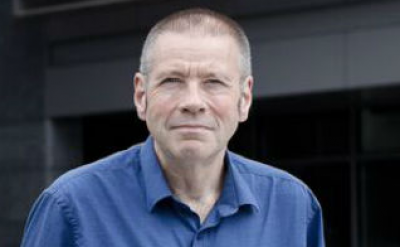Shining a Light on NOIR: Rethinking Scales of Measurement | Professor Chris Brunsdon
28 November 2018, 5:00 pm–6:00 pm

CASA continues our autumn seminar programme with Professor Chris Brunsdon.
This event is free.
Event Information
Open to
- All
Availability
- Yes
Cost
- Free
Organiser
-
Ana Basiri
Location
-
G03 Lecture Theatre85: 26 Bedford Way26 Bedford WayLondonWC1H 0DSUnited Kingdom
The 'NOIR' referred to here is actually an acronym for the four scales of measurement proposed by Stevens in 1946: Nominal, Ordinal, Interval, and Ratio. Despite being proposed over 70 years ago this categorisation is still influential - and can shape the way people think about choices for data analysis and visualisation. A number of software packages and text books are structured at least loosely on this framework - many of which have informed practice in spatial modelling and mapping. However, it has not gone unchallenged and it will be argued here that this approach is at times unhelpful. There are inconsistencies arising from the NOIR categorisation, and it omits several important scales of measurent. However, I would argue that it is still helpful to consider scales of measurement, although this involves critically evaluating Stevens’ original specification. In this talk, I will discuss practical examples of these inconsistencies and omissions, and consider specific cases of analysis of some of the omited scales of measurement - in particular cyclic data and partially-ordered sets.
Professor Brunsdon's lecture slides can be accessed here:
About the Speaker
Professor Chris Brunsdon
Professor of Geocomputation at Maynooth University
Chris Brunsdon is currently Professor of Geocomputation, and Director of the National Centre for Geocomputation at Maynooth University. Prior to this he was Professor of human Geography at the University of Liverpool in the UK. He has degrees from Durham University (BSc Mathematics) and Newcastle University (MSc Medical Statistics, PhD in Geography). His research Interests cover various aspects and applications of spatial statistics, data science and spatial analysis. In particular he advocates the use of open source software, and reproducible methods, mainly via the R Statistical Programming Language. In terms of subject areas, he has interests in crime pattern analysis, health geography and environmental applications.

 Close
Close

